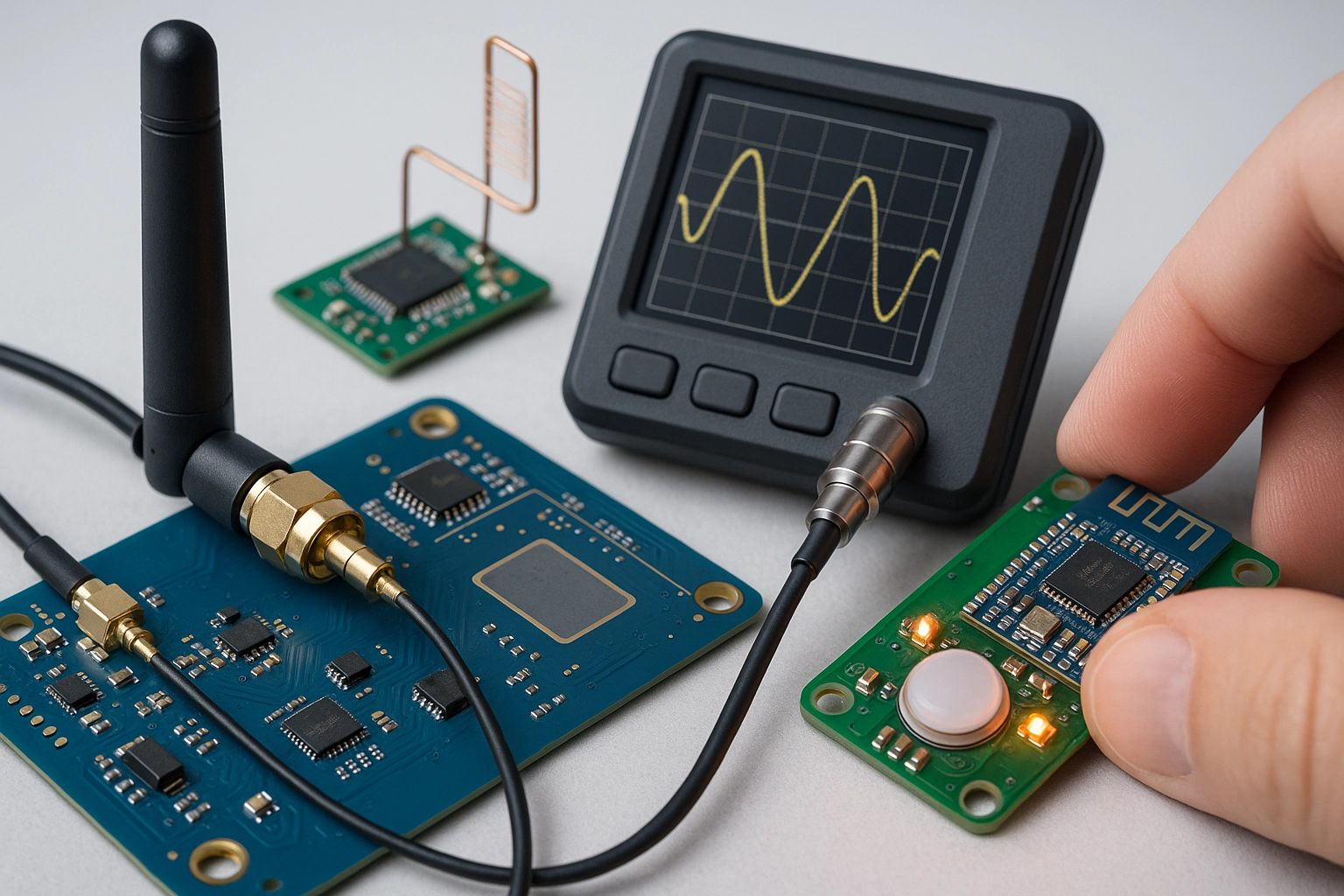ETSI TS 103 300 Decentralized Environmental Notification Test
The ETSI TS 103 300 decentralized environmental notification test is a critical procedure designed to evaluate the performance of automotive electronic systems in response to various environmental conditions. This test ensures that vehicular communication components, such as telematics units and other connectivity devices, function reliably under real-world scenarios.
The primary objective of this test is to assess how well these systems handle decentralized notifications from external sources like roadside units (RSUs) or other vehicle-to-everything (V2X) participants. The test focuses on the system's ability to process and respond to environmental data, including traffic signals, weather conditions, road conditions, and more.
The ETSI TS 103 300 decentralized notification test is part of a broader set of procedures that ensure automotive connectivity systems comply with international standards. This includes interoperability between different manufacturers' devices, ensuring seamless communication in mixed-traffic environments. The test evaluates the system's ability to detect and process notifications while maintaining security and privacy.
The test protocol involves simulating various environmental conditions under which a vehicle might operate. These conditions include urban, rural, highway, and off-road scenarios. Each scenario is designed to stress different aspects of the communication system, such as latency, reliability, and power consumption. The test also evaluates how the system handles multiple notifications simultaneously.
The decentralized nature of this test means that it does not rely on a central authority for notification distribution but rather allows each vehicle or device to receive and process notifications independently. This approach mirrors real-world conditions where vehicles may communicate directly with other devices without relying solely on infrastructure-based communication.
During the test, engineers monitor several key parameters, including message latency, data accuracy, power consumption, and system reliability. The test also evaluates the system's ability to handle unexpected interruptions or failures in notification transmission. This ensures that even under adverse conditions, the vehicle can still operate safely and communicate effectively.
For quality managers and compliance officers, this test is crucial for ensuring that new automotive systems meet stringent international standards. It helps identify any potential issues early in the development process, allowing engineers to make necessary adjustments before product release. Compliance with ETSI TS 103 300 is mandatory for manufacturers seeking to sell vehicles within Europe and other regions adhering to these standards.
R&D engineers can use this test as a benchmark to improve system design and performance. By understanding the specific challenges presented by decentralized notifications, they can innovate solutions that enhance both functionality and reliability. This is particularly important as connectivity systems become more complex and integrated into vehicle operations.
Industry Applications
| Application | Description |
|---|---|
| Traffic Management Systems | Evaluates the system's ability to handle notifications from traffic lights and other infrastructure. |
| Vehicle-to-Vehicle Communication | Assesses how vehicles communicate with each other under various environmental conditions. |
| Traffic Flow Optimization | Ensures that systems can optimize traffic flow by processing and responding to real-time notifications. |
| Application | Description |
|---|---|
| Emergency Response Systems | Evaluates the system's ability to respond quickly and accurately to emergency notifications. |
| Roadside Unit Communication | Assesses how vehicles communicate with roadside units for enhanced safety and efficiency. |
| Environmental Monitoring Systems | Evaluates the system's ability to handle notifications related to weather conditions and road conditions. |
Quality and Reliability Assurance
The ETSI TS 103 300 decentralized notification test plays a vital role in ensuring the quality and reliability of automotive connectivity systems. By simulating real-world conditions, this test helps identify potential issues that might otherwise go unnoticed during development. This ensures that products released to market are not only compliant with international standards but also reliable under diverse operational scenarios.
The test is particularly important for maintaining system integrity in the face of decentralized notifications from various sources. By ensuring consistent performance across different conditions, it helps manufacturers meet stringent quality control requirements. Engineers can use this information to refine their designs and improve overall product reliability.
Quality managers rely on the results of this test to make informed decisions about production processes and material selection. It provides a clear picture of how well systems perform under real-world conditions, allowing for targeted improvements in areas where performance is suboptimal. Compliance officers can use these results to ensure that products meet all relevant standards and regulations.
The ETSI TS 103 300 decentralized notification test also helps manufacturers maintain a competitive edge by ensuring that their systems are among the most reliable on the market. This is especially important in the rapidly evolving field of automotive technology, where reliability and performance are critical factors for customer satisfaction.
In addition to improving system reliability, this test contributes to enhanced safety and efficiency in vehicle operations. By ensuring that vehicles can effectively process and respond to notifications under various conditions, it helps reduce accidents and improve overall traffic flow.
Customer Impact and Satisfaction
The ETSI TS 103 300 decentralized notification test has a significant impact on customer satisfaction by ensuring that automotive connectivity systems perform reliably under real-world conditions. Customers expect their vehicles to operate safely and efficiently, even in challenging environments.
By simulating various scenarios, this test helps ensure that the system can handle unexpected interruptions or failures without compromising performance. This builds trust between customers and manufacturers, as it demonstrates a commitment to quality and reliability.
The decentralized nature of the notification process ensures that vehicles remain functional even if communication with centralized infrastructure is disrupted. This enhances safety by allowing vehicles to continue operating effectively under adverse conditions.
Improved system performance also contributes to enhanced customer satisfaction by reducing maintenance costs and downtime. Reliable systems require fewer repairs, resulting in lower expenses for both customers and manufacturers.
Finally, the ETSI TS 103 300 decentralized notification test helps ensure that vehicles can seamlessly integrate with other devices, enhancing overall convenience and functionality for users. This is particularly important as connectivity becomes an increasingly integral part of modern vehicle design.





